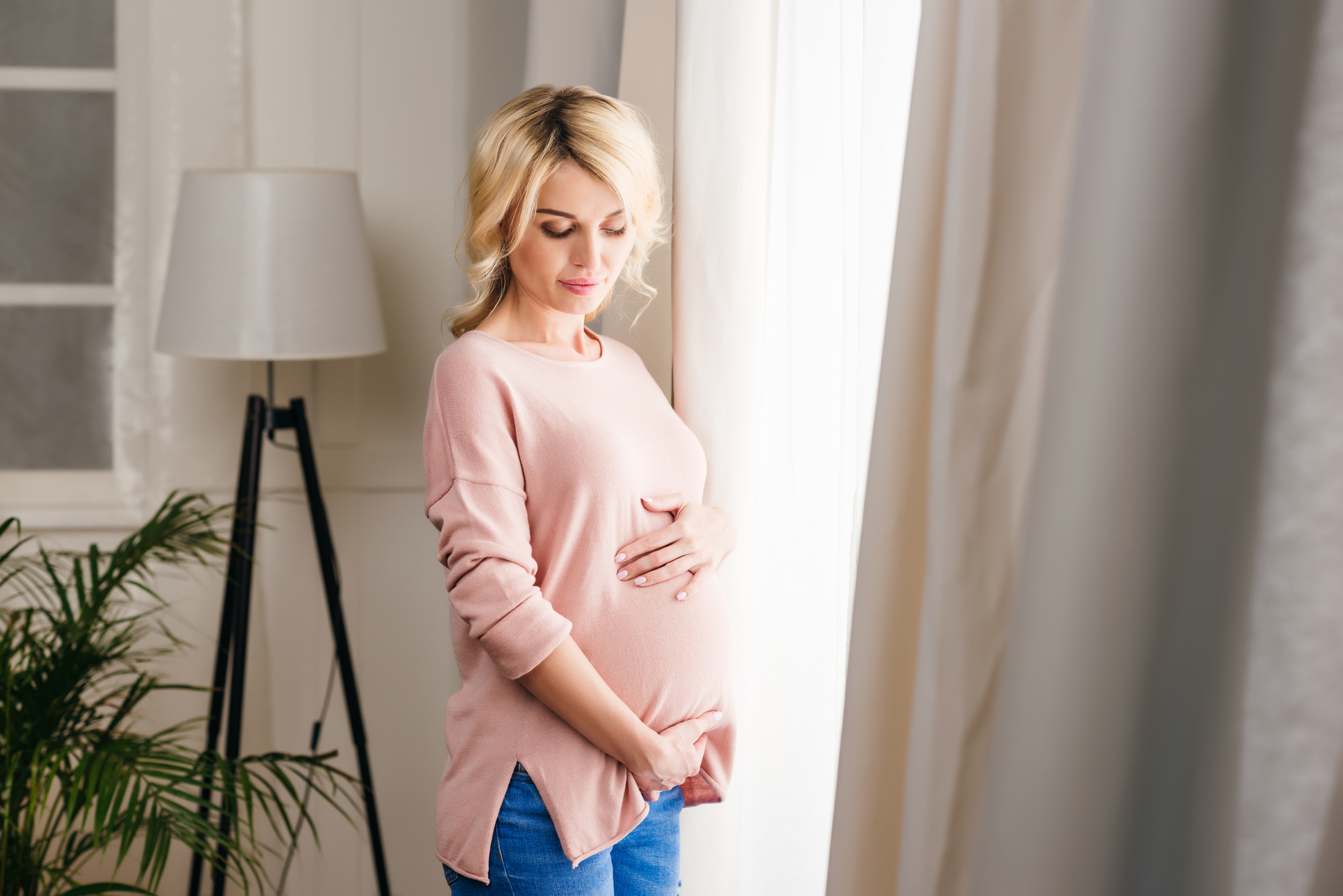Rachel Simpson
Your body undergoes significant change throughout your pregnancy to make room for your growing baby. The uterus increases significantly in size and weight during pregnancy. Its volume can increase 500-1000 times the size of a non-pregnant woman’s uterus, and its weight increases from 70g to around 1kg at full-term. This causes muscles and skin around the abdomen to stretch as the uterus expands, causing weakness and separation of the abdominal muscles. Hip and pelvic bones separate and widen the birth canal in preparation for labour.
The anatomical changes that occur with pregnancy and increasing weight of the growing breasts and uterus all cause a shift in a woman’s centre of gravity. As well as affecting balance, these changes contribute to the common aches and pains that women experience during pregnancy.
Musculoskeletal Changes
The changes in the musculoskeletal system occur due to high levels of pregnancy hormones which cause softening of soft tissue structures to allow for more movement. All muscles and soft tissues in the body are affected by these hormones, meaning that the ligaments supporting your bony joints also soften. These changes have traditionally been attributed to the hormone “Relaxin” but there is in fact very little research to suggest this hormone actually exists and these changes may actually be due to very high progesterone levels. The effect of these hormones on your musculoskeletal system peaks at around 14 weeks of pregnancy and again just before labour.
A pregnant woman’s centre of gravity shifts forward and now falls in front of the knee joint. This can weaken the quadriceps muscle, as it is no longer working efficiently as an anti-gravity muscle. This may lead to increased effort or difficulty with activities where the quadriceps drive the movement, such as climbing stairs and standing up from a chair. As your centre of gravity shifts, your posture will change. As the pelvis tilts forward, the natural curve in the lower back increases. The shoulders then slump forward to counterbalance the lower back curve, which often leads to back pain. Even the smallest change in posture can cause loading of different structures compared to before pregnancy, straining them and resulting in discomfort. The weight of baby and excess weight gained during pregnancy further adds to the strain on back, hip and pelvic structures. These are the areas that are most commonly affected in pregnancy.
Cardiovascular Changes
The entire circulatory system changes early in pregnancy to support the needs of both mother and baby. These changes can begin as early as 4-5 weeks of gestation and may peak during the second and early third trimesters. It is these changes that cause many of the unpleasant symptoms of pregnancy, including nausea, light-headedness, fatigue, cravings, constipation, bloating and a frequent need to urinate.
Elevated hormone levels during pregnancy cause an increase in both blood volume and the elasticity of blood vessels. As a result, there is a reduced amount of blood pumped out by, and returning to, the heart. This phenomenon is known as “underfill” and is the cause of many early pregnancy symptoms. Gradually the body will adapt to these cardiovascular changes, which is why most symptoms resolve after the first trimester.
Cardiac output, the volume of blood pumped out by the heart, may increase by as much as 40% during pregnancy. This means women have around 1.5 additional litres of blood in their circulatory system. High blood volume maintains good blood flow to the uterus and placenta to provide nutrition and oxygen to your developing baby, and reduces the impact of blood loss during birth.
Despite the increase in blood volume, red blood cell numbers remain the same, which means that levels are lower relative to the amount of blood in the circulatory system. Red blood cells contain haemoglobin which carries oxygen and iron around the body. Increased blood volume basically ‘dilutes’ the amount of red blood cells in the blood. This means iron and oxygen levels are also reduced, causing low iron (anaemia) and fatigue which are both common during pregnancy.
Heart rate also increases, which is why pregnant women do not need to work as hard to increase their heart rate when exercising.
Respiratory Changes
Pregnancy has a number of effects on lung function, with the overall goal to improve delivery of oxygen to the organs and tissues of both mother and baby. The placenta, which develops during pregnancy, is designed to maximise efficient transfer of oxygen and carbon dioxide between mother and baby. Respiratory changes are mainly controlled by the hormone progesterone, even before the physical changes occur later in pregnancy to accommodate the growing uterus.
Lung volume increases by up to 50% during pregnancy, due to increased depth of breaths taken. Progesterone influences the respiratory centre in the brain to increase uptake of oxygen in the lungs and to more efficiently remove carbon dioxide from the body tissues. This allows mother to exhale as much carbon dioxide as possible in one breath.
Despite the common complaint of feeling short of breath during pregnancy, a woman’s breathing capacity actually improves significantly. Breathlessness usually occurs in late pregnancy as your growing baby starts to take up more room. The uterus sits under the diaphragm. As the uterus grows, the diaphragm is elevated by as much as 4 cm and the rib cage widens and shifts upwards to accommodate the growing baby.
The diaphragm has greater movement during breathing to counteract reduced abdominal muscle tone and squashing of the lungs during late pregnancy. Despite the actual increase in efficiency of breathing to accommodate the uterus, breathing can become challenging due to restricted rib movement and a reduced volume of air left in the lungs after exhalation.

Rachel Simpson is a Women’s Health Educator for women who want to understand their bodies. An Australian-trained physiotherapist, nutrition and health coach and natural fertility educator, she teaches women all those things they never learnt in health class – periods, pregnancy and pelvic floor.
Through her knowledge-packed podcast, free resource library and her digital guides, she’s here to answer all those questions you’ve been secretly Googling (you know the ones!). She believes that knowledge is power – because when women understand their bodies, they are empowered to make informed decisions about their health.
A few of her favourite things? Cuddles with her border collie Bonnie, gluten-free baking and salted-caramel everything!
Take control of your health at www.manawomenswellness.com
To view on YouTube:
You may also like to read:









